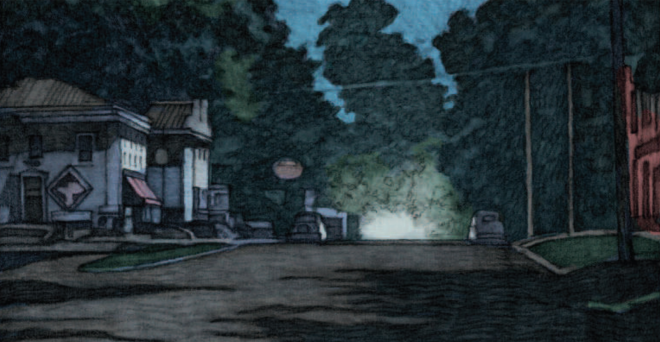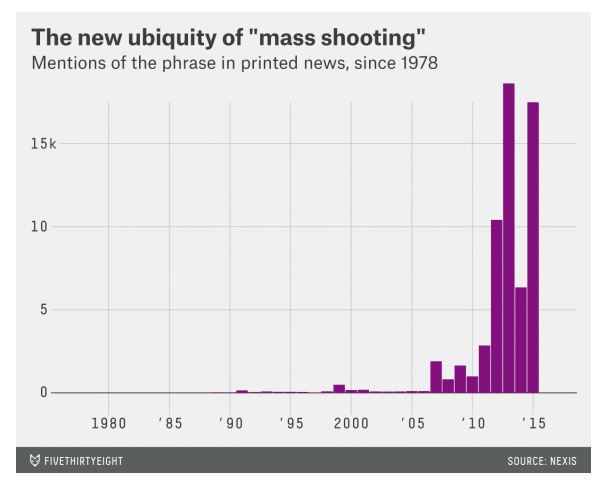Download links for: Jalan-Jalan di Palestina: Catatan atas Negeri yang Menghilang


Reviews (see all)
Write review
I have enjoyed every second of Raja's walk through the sadly vanishing landscape of Palestine!
What a trip through current affairs and sentimental landscapes. same trip,different realties.
A fabulous way to discover Palestine along the years through Raja's walk.
Marvelous walk and politics/history book combined
BEST BOOK EVER.
Other books by Memoir & Autobiography
Related articles












